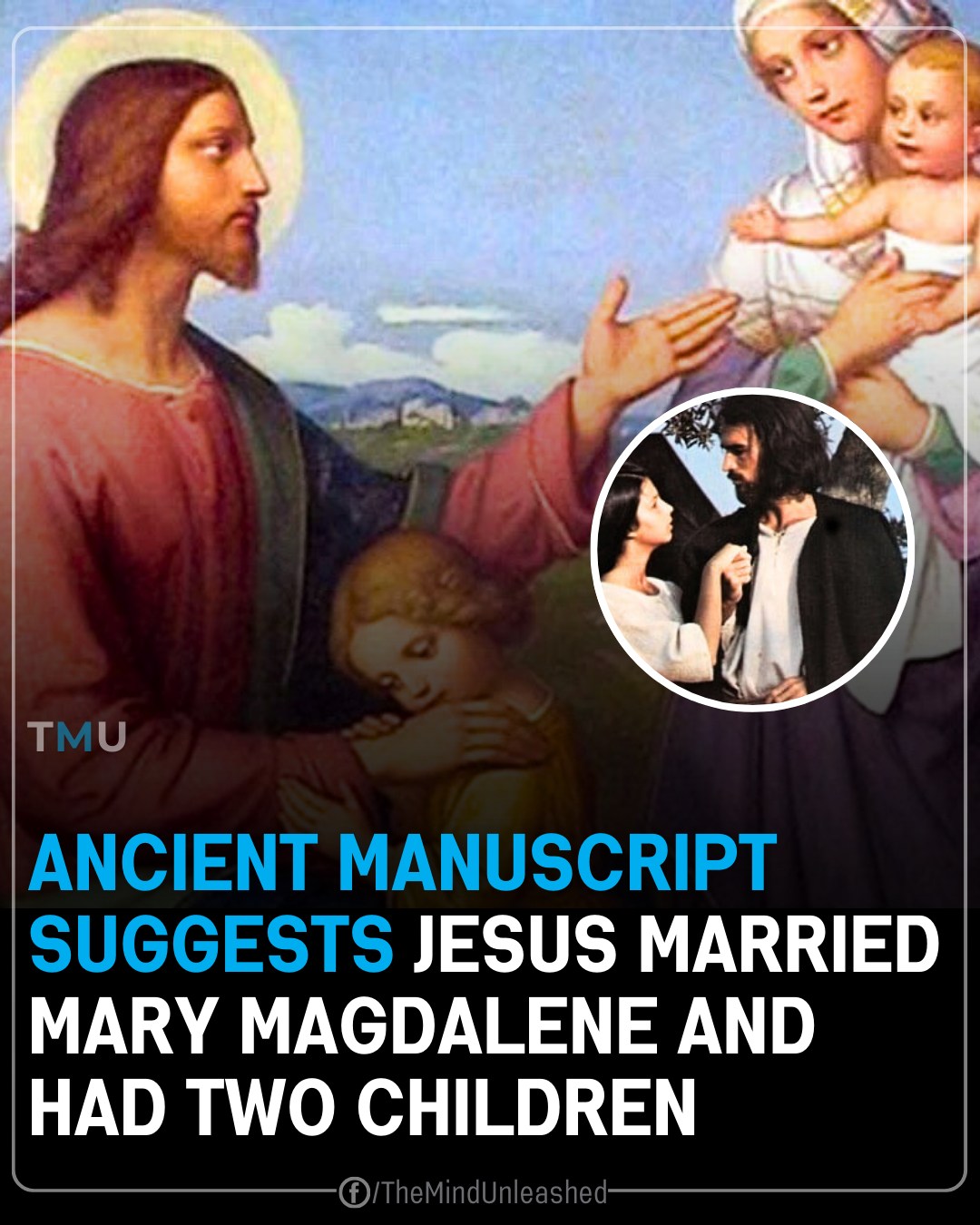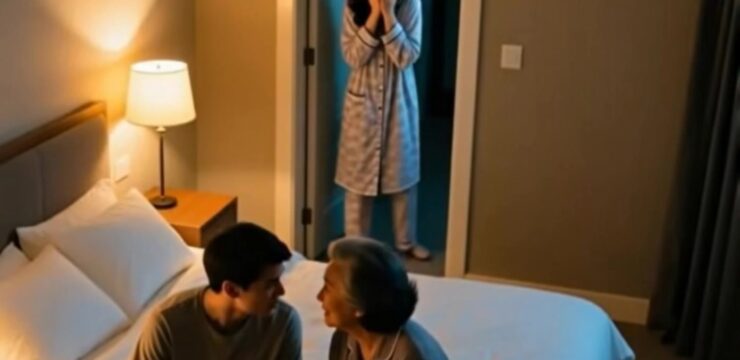
A recently analyzed ancient manuscript, referred to as “The Lost Gospel,” has ignited discussions by proposing that Jesus Christ was married to Mary Magdalene and that they had two children together. This assertion, rooted in interpretations of a 1,500-year-old Syriac text, challenges traditional Christian narratives and has been met with both intrigue and skepticism.
Discovery and Translation of the Manuscript
The manuscript in question had been part of the British Library’s collection for centuries, largely overlooked until scholars Simcha Jacobovici and Professor Barrie Wilson undertook its translation from Aramaic. Their work suggests that the text contains hidden meanings, pointing to a marital relationship between Jesus and Mary Magdalene, along with references to their offspring.
Contentious Claims and Scholarly Debate
The central claim—that Jesus and Mary Magdalene were married with children—has been a topic of speculation prior to this manuscript’s analysis. Notably, the 1982 book “The Holy Blood and the Holy Grail” posited a similar theory, suggesting that their descendants integrated into European nobility. This idea was later popularized in Dan Brown’s 2003 novel, “The Da Vinci Code,” which fictionalized the notion of a bloodline stemming from Jesus and Mary Magdalene.
However, mainstream biblical scholarship has largely dismissed these claims. Experts argue that the names mentioned in related findings, such as ossuaries, were common during that era, and there is no credible historical evidence supporting the idea of Jesus being married or having children. Scholars like Bart D. Ehrman and Géza Vermes have rejected the notion of a Jesus bloodline, emphasizing the lack of historical basis for such assertions.
The ‘Joseph and Aseneth’ Connection
Jacobovici and Wilson’s interpretation hinges on the text known as “Joseph and Aseneth,” which they believe is a veiled account of Jesus and Mary Magdalene’s relationship. They suggest that this narrative, previously thought to depict the patriarch Joseph and his Egyptian wife Aseneth, is an allegory for Jesus’s alleged marriage. This perspective, however, is not widely accepted, with many scholars viewing it as speculative and lacking substantive evidence.
Public Reception and Ongoing Controversy
The publication of “The Lost Gospel” has reignited debates about the personal life of Jesus, a subject that has long fascinated both scholars and the public. While some view the manuscript as a groundbreaking revelation that challenges established religious doctrines, others see it as another sensational claim lacking credible support. The Church of England and other religious institutions have dismissed the manuscript’s assertions, comparing them to fictional narratives rather than historical fact.
Conclusion
The claims presented in “The Lost Gospel” add to the ongoing discourse surrounding the historical figure of Jesus and his life. While the manuscript offers a provocative narrative that deviates from traditional accounts, it has not been embraced by the scholarly community due to questions about its authenticity and interpretation. As with previous theories suggesting a marital relationship between Jesus and Mary Magdalene, this latest claim remains a topic of debate, highlighting the enduring intrigue and complexity surrounding historical religious figures.





